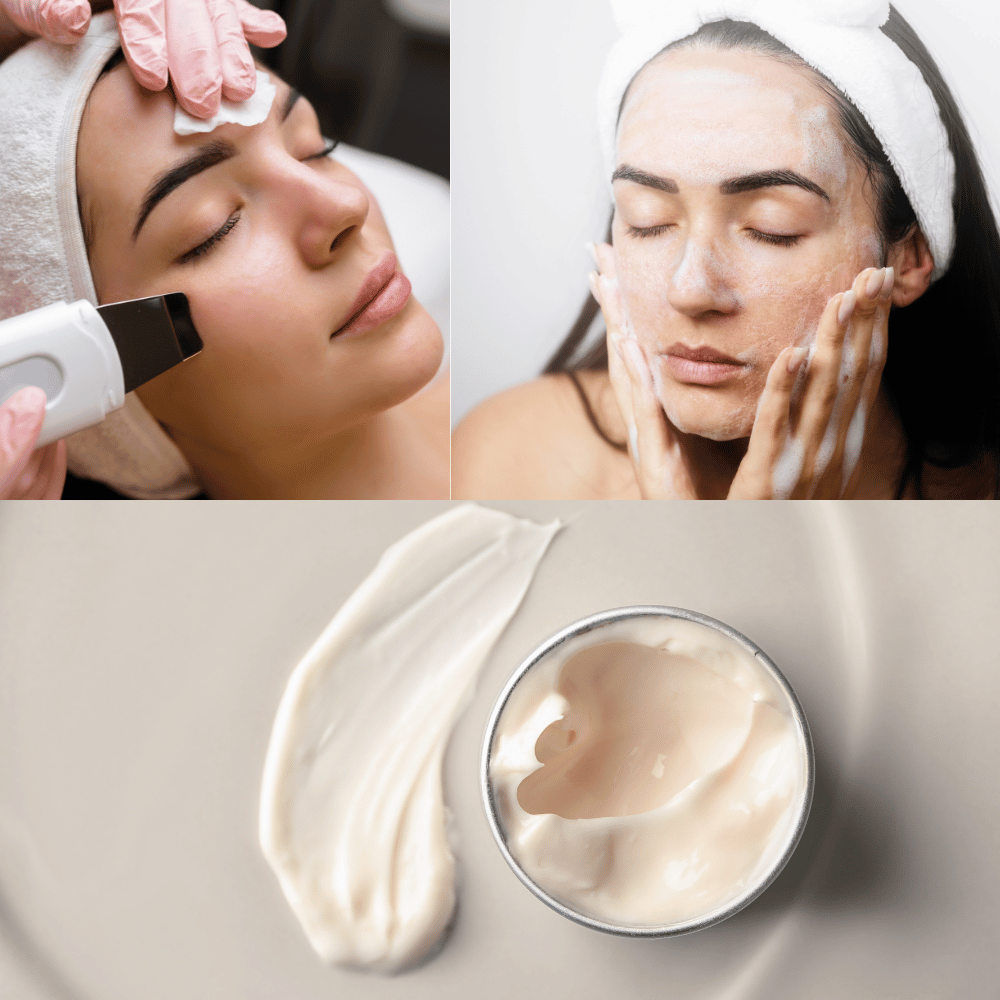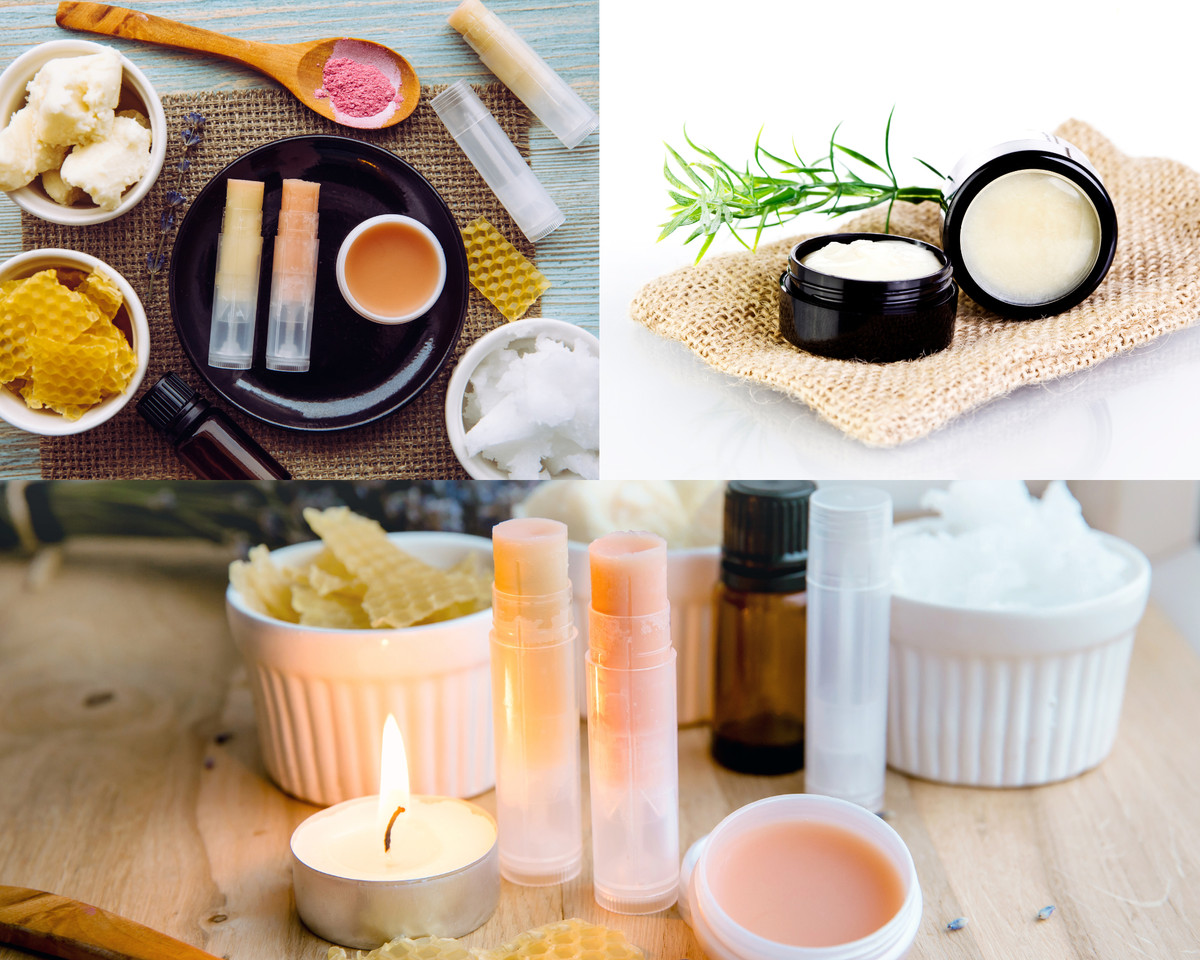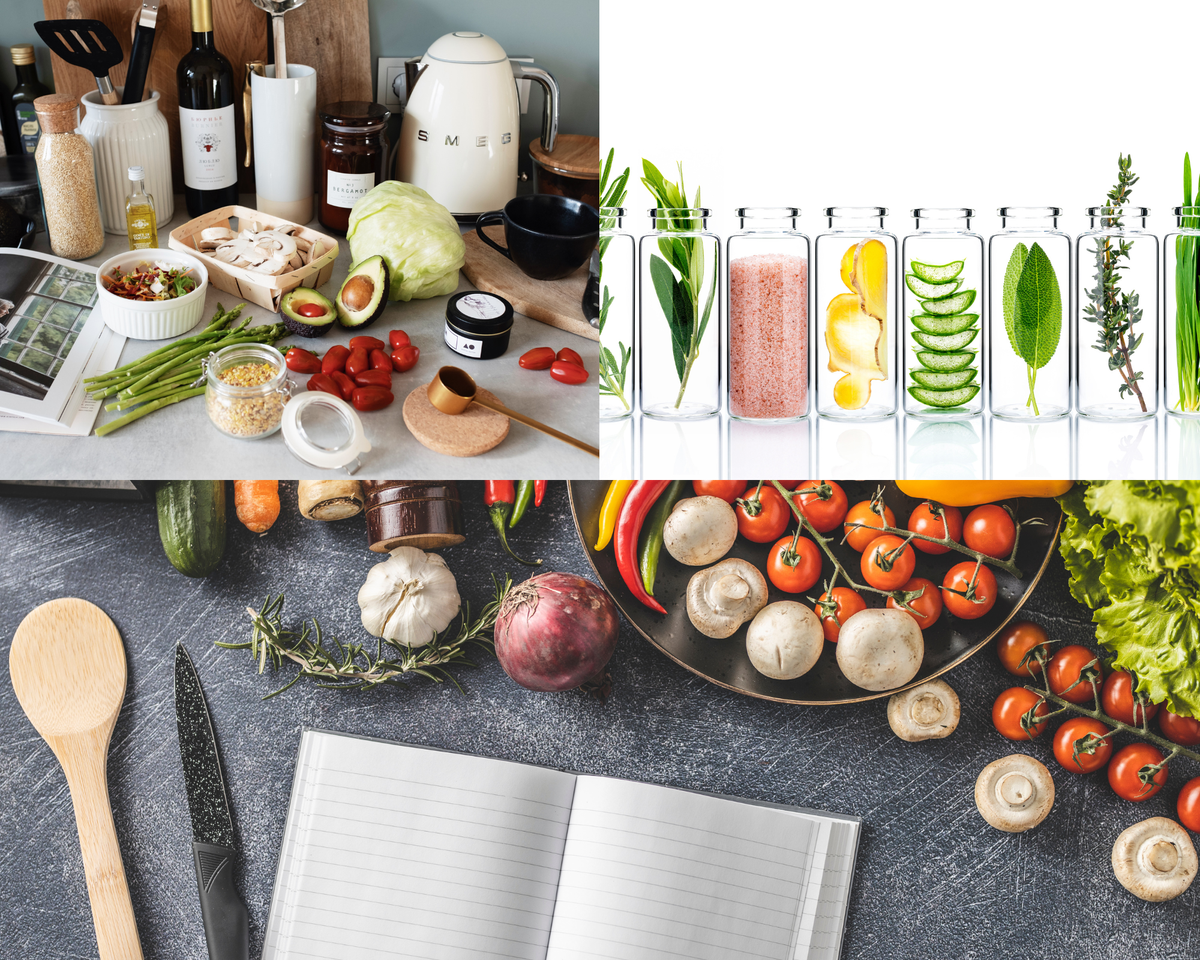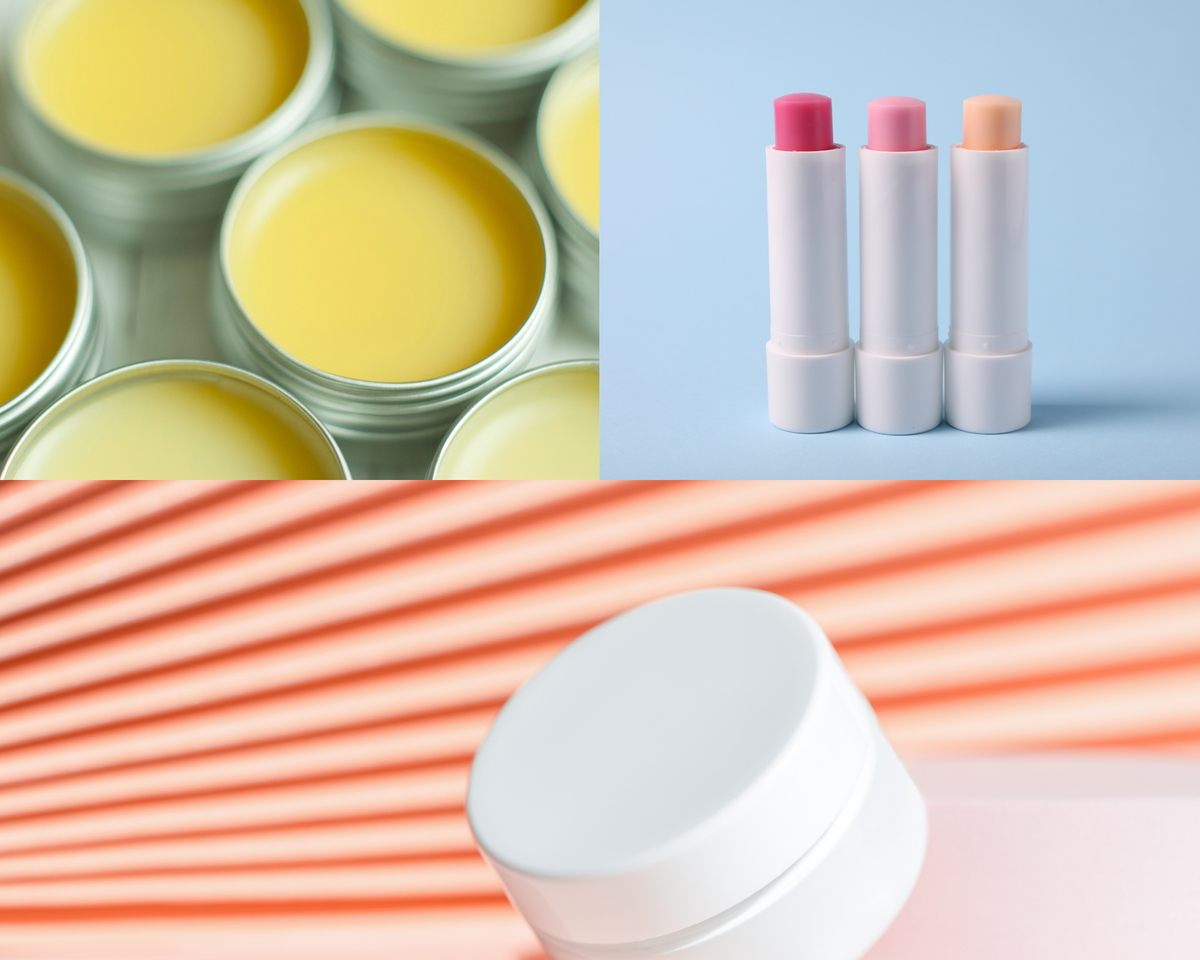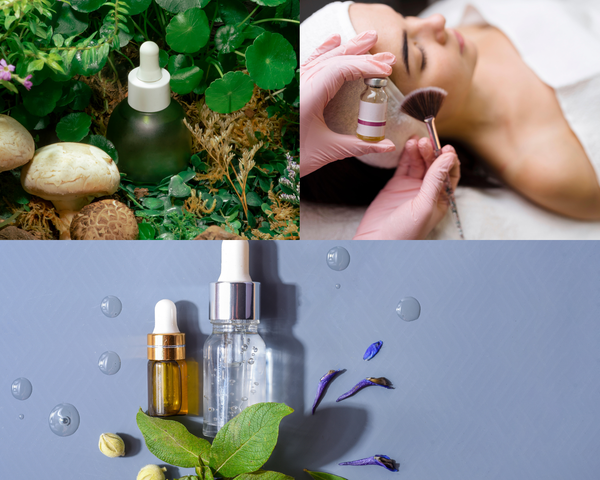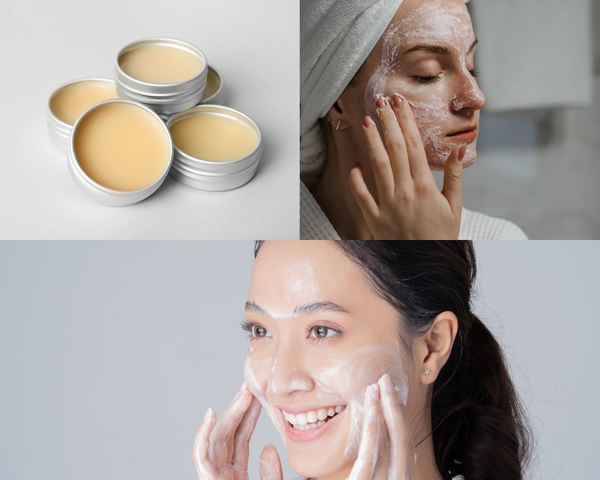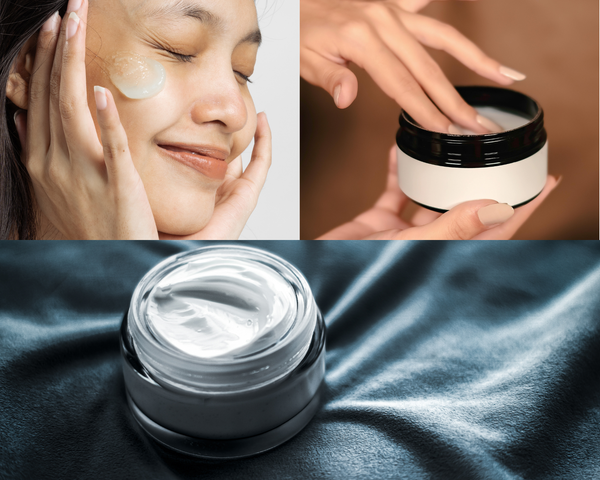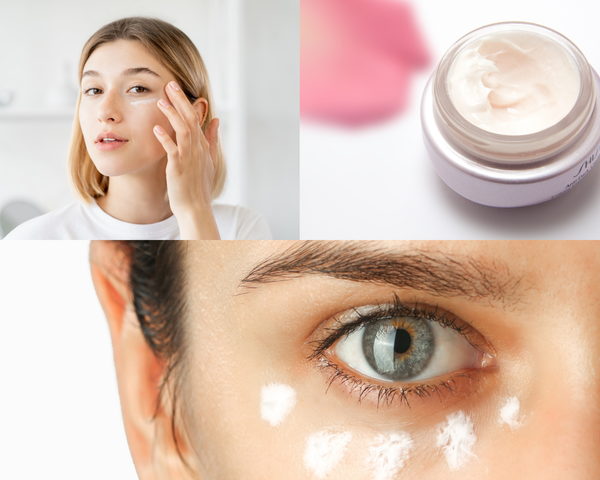Cleansing balms have become a staple in skincare routines, offering a luxurious way to remove makeup and impurities. However, understanding their shelf life is crucial to ensure you're getting the most out of your product without compromising your skin's health.
Key Takeaways:
- Cleansing balms typically last between 6 to 12 months after opening.
- Proper storage can extend the life of your cleansing balm.
- DIY cleansing balms have a shorter shelf life compared to commercial products.
Understanding Cleansing Balm Composition
Cleansing balms are a blend of oils, waxes, and emulsifiers that transform from a solid to a silky oil upon contact with the skin. This transformation is what makes them effective at breaking down makeup and grime. However, these ingredients can degrade over time, affecting the balm's efficacy and safety.
The oils in cleansing balms are prone to oxidation, which can lead to rancidity. This process is accelerated by exposure to air, light, and heat. Emulsifiers and preservatives, if present, also have a finite lifespan, which contributes to the overall shelf life of the product.
Factors Affecting Shelf Life
Several factors influence how long your cleansing balm will last. The presence of preservatives is a significant factor. Products with synthetic preservatives tend to last longer than those with natural alternatives. Additionally, the type of oils used can impact longevity; for instance, oils with a high saturated fat content are more stable.
Storage conditions play a pivotal role as well. Keeping your cleansing balm in a cool, dark place can help maintain its integrity. Avoiding moisture is also crucial, as water can introduce bacteria and mold, especially in DIY formulations.
Best Practices for Storing Cleansing Balms
The best way to store your cleansing balm is in a dry, cool environment, away from direct sunlight. This helps prevent the oils from oxidizing and the product from melting. A bathroom cabinet or drawer is often ideal, provided it's not too humid.
For DIY cleansing balms, choosing the right container is essential. Opt for airtight, opaque containers to minimize exposure to air and light. This can significantly extend the shelf life of your homemade concoction.
DIY Cleansing Balm Shelf Life
DIY cleansing balms typically have a shorter shelf life than commercial products, often lasting only 3 to 6 months. This is because they usually lack the preservatives found in store-bought versions. Using fresh, high-quality ingredients can help maximize their lifespan.
To further extend the life of your DIY balm, eye makeup, argan oil, dry skin, consider adding natural preservatives like vitamin E or rosemary extract. These can help slow down the oxidation process, keeping your balm fresh for longer.
Signs Your Cleansing Balm Has Expired
Knowing when your cleansing balm has expired is crucial to avoid skin irritation or infections. A change in smell is often the first indicator; if your balm starts to smell off or rancid, it's time to toss it. A change in texture, such as graininess or separation, cleansing balms, diy cleansing balm, oil cleansing is another red flag.
Discoloration can also signal that your balm is past its prime. If you notice any mold or unusual growth, discard the product immediately to prevent any adverse skin reactions.
How Long Does DIY Cleansing Balm Last?
The longevity of a DIY cleansing balm depends on its ingredients and storage. Typically, these balms last between 3 to 6 months. Using oils with longer shelf lives, such as coconut or jojoba oil, can help extend this period.
Regularly checking your balm for signs of spoilage is essential. If you notice any changes in smell, texture, or color, it's best to err on the side of caution and make a fresh batch.
The Role of Preservatives
Preservatives play a crucial role in extending the shelf life of cleansing balms. They inhibit the growth of bacteria, mold, and yeast, which can spoil the product and pose health risks. Synthetic preservatives like parabens are highly effective but often avoided due to health concerns.
Natural preservatives, while less potent, diy cleansing balm recipe, liquid oil, shea butter, makeup remover, can still offer some protection. Ingredients like grapefruit seed extract or tea tree oil can help keep your balm fresh, grapeseed oil, other essential oils though they may not provide the same longevity as their synthetic counterparts.
Choosing the Right DIY Cleansing Balm Container
Selecting the appropriate container for your DIY cleansing balm is vital for maintaining its freshness. Airtight containers prevent air from degrading the oils, while opaque materials shield the balm from light. Glass jars are a popular choice, offering both durability and protection.
Avoid using metal containers, as they can react with the oils and alter the balm's composition. Plastic containers are acceptable, but ensure they are BPA-free to avoid any potential chemical leaching.
Extending the Life of Your Cleansing Balm
To get the most out of your cleansing balm, consider incorporating antioxidants into your formulation. Ingredients like vitamin E or green tea extract can help combat oxidation, preserving the balm's quality.
Additionally, using a clean spatula or spoon to scoop out the balm can prevent contamination. This simple practice can significantly reduce the introduction of bacteria, extending the product's usability.
Commercial vs. DIY Cleansing Balms
Commercial cleansing balms often have a longer shelf life due to the inclusion of preservatives and stabilizers. These products are rigorously tested to ensure safety and efficacy over time. However, they may contain synthetic ingredients that some consumers prefer to avoid.
DIY cleansing balms offer the advantage of customization, cleansing oils, acne prone skin, allowing you to tailor the ingredients to your skin's needs. While they may not last as long, they provide a natural alternative free from synthetic additives.
The Impact of Ingredients on Shelf Life coconut oil
The choice of ingredients in your cleansing balm can significantly affect its shelf life. Oils with high saturated fat content, like coconut oil, are more stable and less prone to oxidation. Conversely, oils with high unsaturated fat content, such as flaxseed oil, spoil more quickly.
Incorporating antioxidants can help stabilize these oils, prolonging the balm's freshness. Additionally, using waxes like beeswax can provide a protective barrier, further enhancing the product's longevity.
Practical Tips for DIY Enthusiasts diy cleansing balm storage
For those who enjoy making their own cleansing balms, a few practical tips can help ensure success. Always use clean utensils and containers to prevent contamination. Label your balms with the date of creation to keep track of their age.
Experimenting with different oil and wax combinations can yield a balm that suits your preferences while maximizing shelf life. Don't be afraid to tweak your recipe until you find the perfect balance.
The Best Way to Store DIY Cleansing Balm essential oils
Storing your DIY cleansing balm properly is key to maintaining its quality. Keep it in a cool, dry place, away from direct sunlight and moisture. A refrigerator can be an excellent storage option, especially in warmer climates.
Using a dedicated container for your balm can prevent cross-contamination with other products. Ensure the lid is tightly sealed after each use to minimize exposure to air and prolong the balm's life.
Summary
Understanding the shelf life of cleansing balms is essential for maintaining their effectiveness and safety. Whether you're using a commercial product or crafting your own, proper storage and ingredient selection can significantly impact longevity. By following these guidelines, cleansing oil, shelf life olive oil, jojoba oil, essential oil, vitamin e oil, oil cleansers, sensitive skin, you can enjoy the benefits of cleansing balms without worry.
FAQ
Q1: Can I use a cleansing balm past its expiration date?
A1: It's not recommended to use a cleansing balm past its expiration date, as the ingredients may have degraded, potentially causing skin irritation or infections.
Q2: How can I tell if my cleansing balm has gone bad?
A2: Look for changes in smell, texture, or color. If the balm smells rancid, feels grainy, or shows signs of mold, it's time to discard it.
Q3: Are there any preservatives I can add to my DIY cleansing balm?
A3: Yes, natural preservatives like vitamin E or rosemary extract can help extend the shelf life of your DIY cleansing balm by slowing down oxidation.
